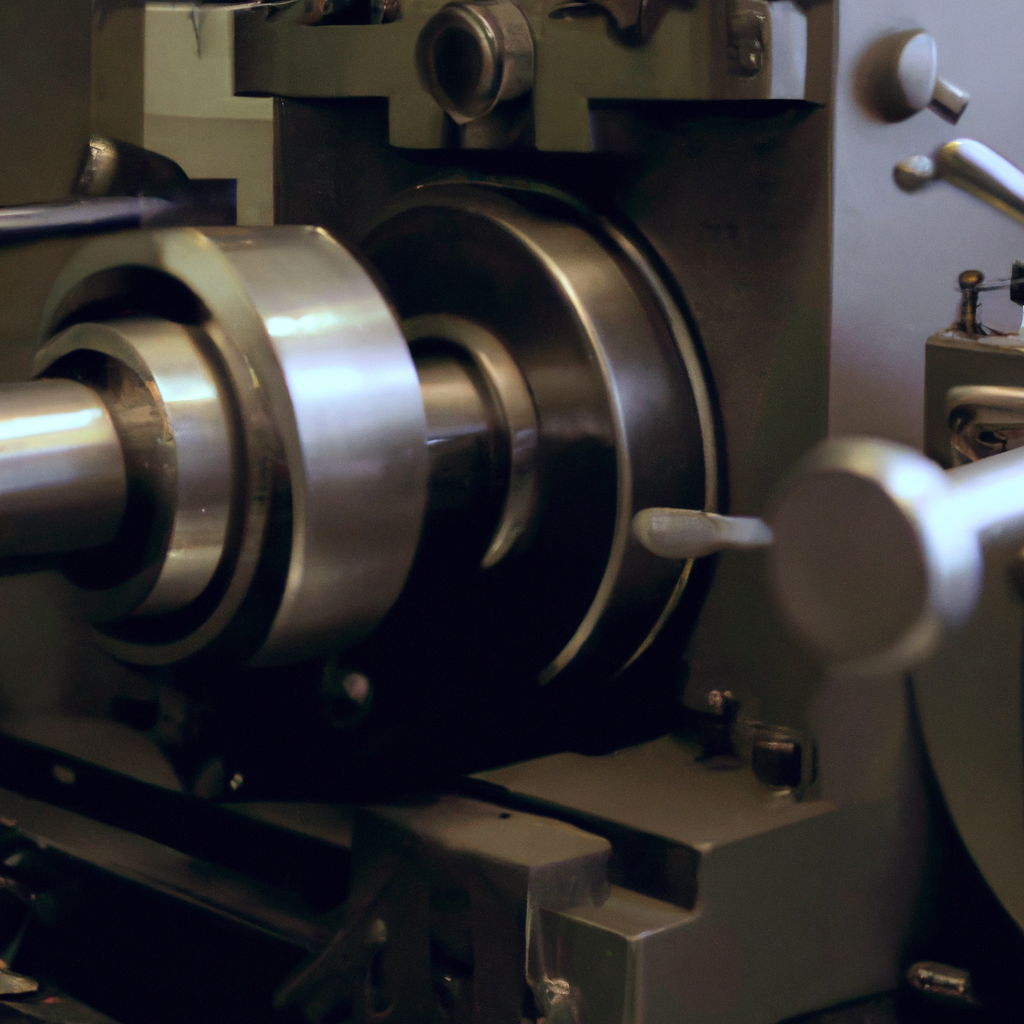Metalworking is an essential process that involves shaping and cutting metals into different shapes and sizes. One of the most commonly used machines in the metalworking industry is the metal lathe. A metal lathe is a machine tool that rotates a workpiece on its axis to perform various operations such as cutting, drilling, knurling, sanding, and turning. In this article, we will explore the working of a metal lathe, its operation, safety measures, and the different techniques used in metal turning.
Parts of a Metal Lathe

Before diving into how a metal lathe works, it is essential to understand its different parts and their functions. A typical metal lathe comprises the following components:
- Headstock: This is the part of the lathe that holds and rotates the workpiece.
- Tailstock: This is the stationary part of the lathe that provides support to the other end of the workpiece.
- Bed: This is the base of the lathe that supports all the other parts of the machine.
- Carriage: This is the part of the lathe that moves back and forth along the bed and holds the cutting tool.
- Cross-slide: This is the part of the carriage that moves perpendicular to the bed and holds the cutting tool.
- Compound rest: This is the part of the carriage that holds the cutting tool at an angle.
Operation of a Metal Lathe
The machining process on a metal lathe involves holding a workpiece on the headstock spindle and rotating it while a cutting tool is held against it to remove metal. The cutting tool is mounted on the carriage and moved along the workpiece using the cross-slide and compound rest. The rotation of the workpiece is controlled using a motor that drives the headstock spindle.
Lathe Tools
There are various types of cutting tools used in a metal lathe, each designed for a specific purpose. The most common types of lathe tools include:
- Turning tools: These are used to remove material from the workpiece’s surface to create a cylindrical shape.
- Drilling tools: These are used to create holes in the workpiece.
- Boring tools: These are used to enlarge existing holes in the workpiece.
- Parting tools: These are used to cut off a section of the workpiece.
Lathe Techniques
There are various techniques used in metal turning that include:
- Facing: This is the process of creating a flat surface on the end of the workpiece.
- Turning: This is the process of removing material from the workpiece’s surface to create a cylindrical shape.
- Drilling: This is the process of creating a hole in the workpiece using a drill bit.
- Boring: This is the process of enlarging an existing hole in the workpiece using a boring tool.
- Knurling: This is the process of creating a pattern of small ridges on the surface of the workpiece for better grip.
Metal Cutting
The metal cutting process on a lathe involves rotating the workpiece while a cutting tool is held against it to remove metal. The cutting tool is moved along the workpiece using the cross-slide and compound rest while the rotation of the workpiece is controlled using a motor that drives the headstock spindle. The speed at which the workpiece rotates and the position of the cutting tool determines the depth and shape of the cut.
Lathe Safety
Working with a metal lathe can be dangerous, and it is essential to take safety precautions to prevent accidents. Some of the safety measures to observe when working with a metal lathe include:
- Wearing protective gear such as gloves, safety glasses, and earplugs.
- Ensuring the workpiece is securely held in the chuck or collet.
- Keeping the work area clean and free of clutter.
- Never leaving the lathe unattended while it is still running.
Conclusion
In conclusion, a metal lathe is an essential machine tool in the metalworking industry used for cutting, drilling, knurling, sanding, and turning metals. Understanding its different parts, operation, lathe tools, lathe techniques, metal cutting, and safety measures is crucial for anyone working with a metal lathe. By observing the necessary safety precautions, a metal lathe is a reliable machine that can produce high-quality metal products.






